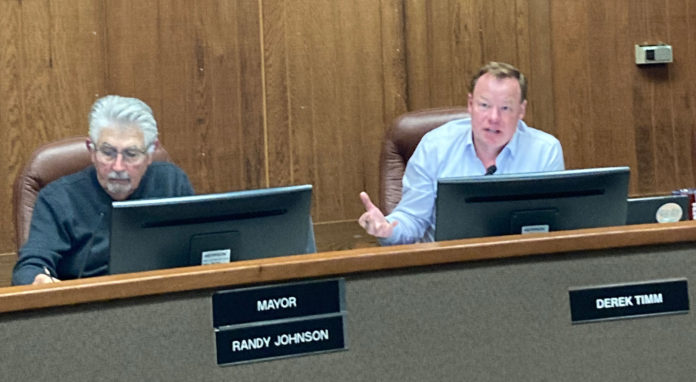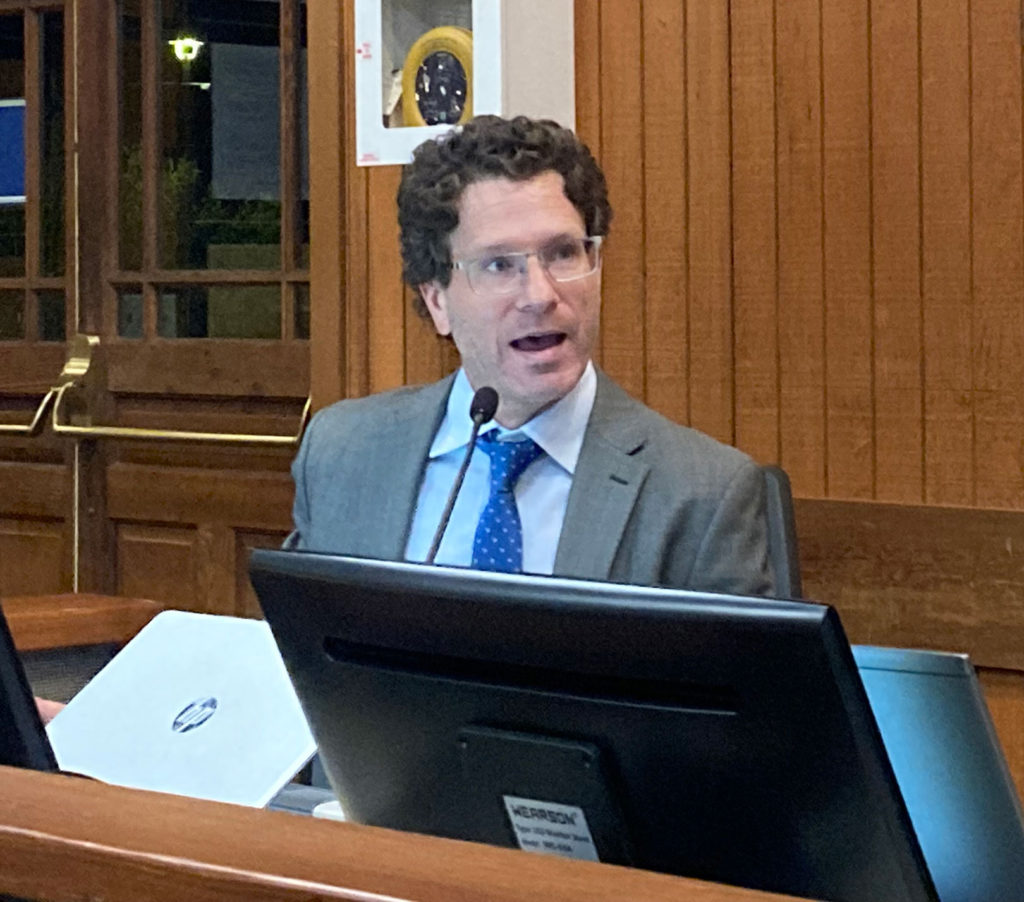
They didn’t exactly have a choice in the matter, but when it came down to updating their secondary residence policy, Scotts Valley City Council opted to allow larger accessory dwelling units (ADUs) than required to incentivize building these further away from the property line than allowed.
And, at the suggestion of Vice Mayor Derek Timm, a real estate professional, the Council went even further than staff’s recommendation of how to comply with new State laws, allowing what’s known as a “junior ADU” without a property owner even residing at the location.
“It does create a barrier for people that want to own it as a property,” said Timm, noting he’s seen at least one situation where someone inherited a home and then was forced to sell, because they didn’t live on site. “How do we track that as a City?”
Though, on the surface, the meeting seemed mainly like housekeeping (as the City seeks to carry out promises it made during the Housing Element update process), it did begin to hint at the dynamic of the new Council, once the two new members are sworn in next month.
During public comment for the item, Krista Jett, who found support in more left-leaning quarters during her election to the Council, spoke up to suggest that requiring an owner to live at the home connected to the junior ADU might make a lot of sense.
It might not be in the renter’s interest to have an absent landlord, she suggested.
Yet, still-relatively-new Councilmember Alan Timms, who has consistently been the most progressive voice on the Council on a wide range of issues (and is set to become the third-most senior local bylaw-maker in Scotts Valley), said he was happy to loosen that restriction to the benefit of landowners before passing the new rules.
He even made the motion to introduce the amendment to update the municipal code to that effect, and to adopt a resolution to cut red tape concerning the use of private wells (which was deemed an inappropriate hurdle to certain residential developments).

While ADUs are secondary buildings that exist on the same parcel as a primary residence (and which the State has made much easier to build, to combat California’s housing crisis), junior ADUs exist as a separate unit enveloped by the footprint of the primary unit.
“What is the impetus that’s saying, ‘You have to have it owner-occupied’?” asked Mayor Randy Johnson, who is just weeks away from retirement.
The Town Attorney stated that it was related to the fact that the occupants of the junior ADU may be sharing part of the main home.
“Let’s say there’s some entanglements,” Johnson posited. “Why is the government kind of intruding into that?”
Community Development Director Taylor Bateman reminded Johnson that under State law, a single-family homeowner is allowed to build an ADU and set-up a junior ADU; municipalities are hesitant to allow three units on a property with no landlord there.
“This is a bit of a change for cities,” he said, noting Scotts Valley is bound to see this modify the character of neighborhoods. “It could change it for the better.”
Consultant Ben Nobel explained that under the new rules, homeowners will be able to build a 850-square-foot one-bedroom ADU within four feet of the property line, but this would be limited to a one-story structure. However, he added, the new policy will allow the ADU to be 1,200 square feet and two-stories high if it’s set back further.
Johnson asked if owners can turn their garage into another dwelling. Nobel said State law requires this.
“Wow, interesting,” the mayor replied. “Didn’t mean to interrupt.”
Nobel added that Scotts Valley is in a stronger position than some other municipalities, as it recently adopted objective design standards, which is one way the City can have at least some control over incoming by-right developments.
In the changes, Scotts Valley also allowed for more temporary homeless shelters and updated its density bonus ordinance, to comply with Sacramento’s new regulations.
Council also included updates of accessory structure rules (since Sacramento provides that these can be easily shifted to a home) to make sure there isn’t a loophole to backdoor otherwise unacceptable units.












